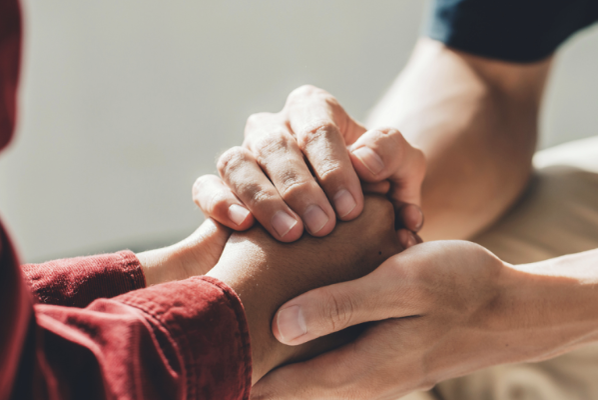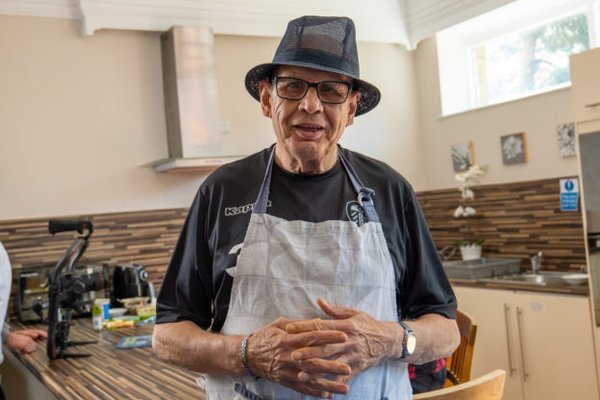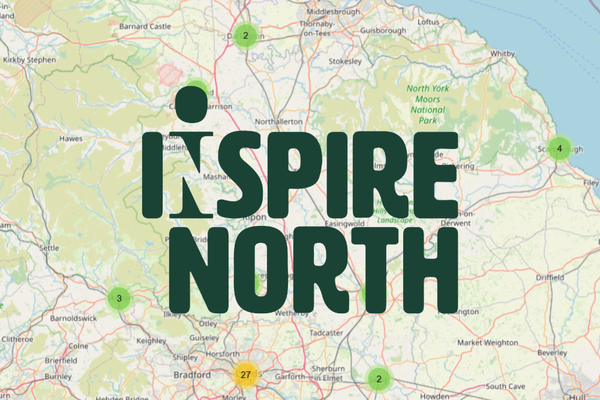Endometriosis Awareness Week
Endometriosis affects roughly 10% (190 million) of reproductive age women and girls globally.
⚠️ The reader should note the sensitive material at the outset of this piece as it contains content that relates to racism.
It is a chronic disease associated with severe, life-impacting pain during periods, sexual intercourse, bowel movements and/or urination, chronic pelvic pain, abdominal bloating, nausea, fatigue, and sometimes depression, anxiety, and infertility.
There is currently no known cure for endometriosis, and treatment is usually aimed at controlling symptoms.
Access to early diagnosis and effective treatment of endometriosis is important but is limited in many settings, including in low- and middle-income countries. From my own experience, I really had to push for that diagnosis, and in the end, it took 10 years. That is actually a recurrent theme when you read about women’s experiences of living with endometriosis.
Three lots of surgery and a hysterectomy made me realise, once I had recovered, how ill I actually felt and how low my energy levels were at times. Never mind the emotional toll of having lived with that condition and chronic pain for such a long period of time. This is what inspired me to write this blog for this year’s Endometriosis Awareness Week and to shine a spotlight to support other women.
Women with endometriosis wait between eight to 12 years on average for a diagnosis. Yet for black women, this picture is even worse—with research showing they’re 50% less likely to be diagnosed with endometriosis compared to white women. There are a number of reasons for why this is the case, including barriers to gynaecological care and systemic racism in the medical field. But this means that black women may suffer for many more years as a result without a proper diagnosis or treatment.
The poorer care that black women receive today for conditions such as endometriosis may actually be linked back to the very beginnings of the field of gynaecology, which has a legacy of racism and violent exploitation of black women’s bodies.
For example, J Marion Sims, the 19th-century American doctor who invented the speculum, performed numerous experimental surgeries without anaesthetics on enslaved women who could not consent throughout his career. The reason Sims chose not to use anaesthetic was, in part, because he believed black people had higher pain thresholds.
The legacy of this racist myth still persists today. In the US, one study found white medical students and doctors still believe that black patients are biologically less sensitive to pain compared to white patients. And, in the UK, a survey found that most black people have experienced prejudice from healthcare professionals when it came to care – including practitioners dismissing their pain.
Many women experience medical gaslighting, infertility and the mental health impact of having to live with endometriosis. Men need to take the impact of endometriosis on their female colleagues seriously and be supportive of them if they chose to share their diagnosis.
The impact cannot be underestimated, and given the length of time diagnosis can take women can end up feeling unheard or not believed so it is important to create an environment where women can feel heard and validated for the level of pain and discomfort they feel before treatment.
At Inspire North, we have well-being policies in place that can be used to find the right support when at work so that you do not have to struggle in silence. Endometriosis UK is a great source of information and support, and I can recommend it as I found so much information on their website that helped me make sense of what I was experiencing.
Sinéad Cregan
Director of Development and Innovation
Key facts - https://www.who.int/news-room/fact-sheets/detail/endometriosis







